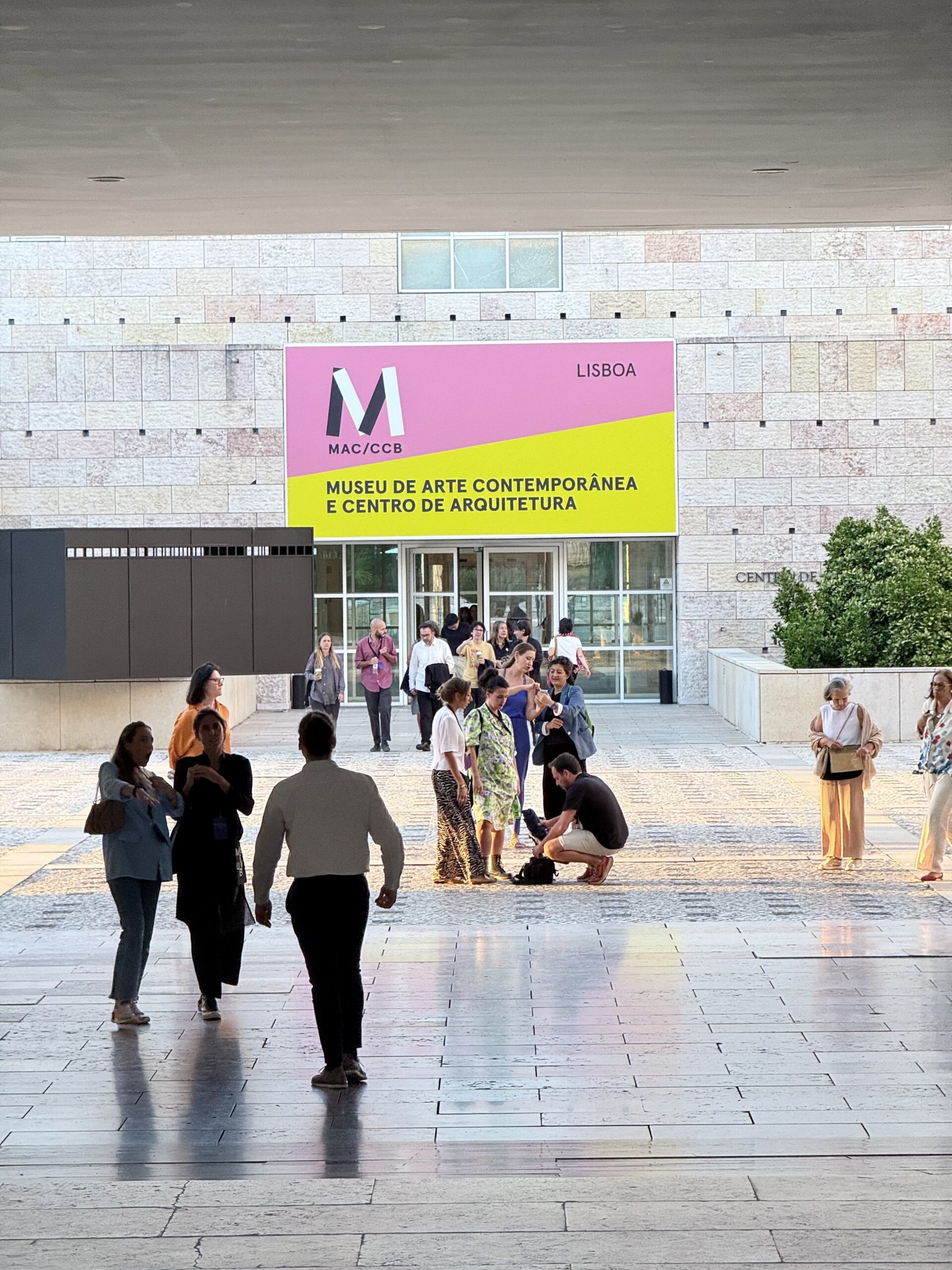We are thrilled to share that Sony CSL – Rome has been invited to present their work at the Lisbon Architecture Triennale 2025, as part of the exhibition Lighter within the general framework of the triennale dedicated to the inspiring question: How Heavy is a City?
The installation, titled The Weight of Urban Inequalities, reflects on the invisible forces shaping how we move, live, and breathe within urban spaces.
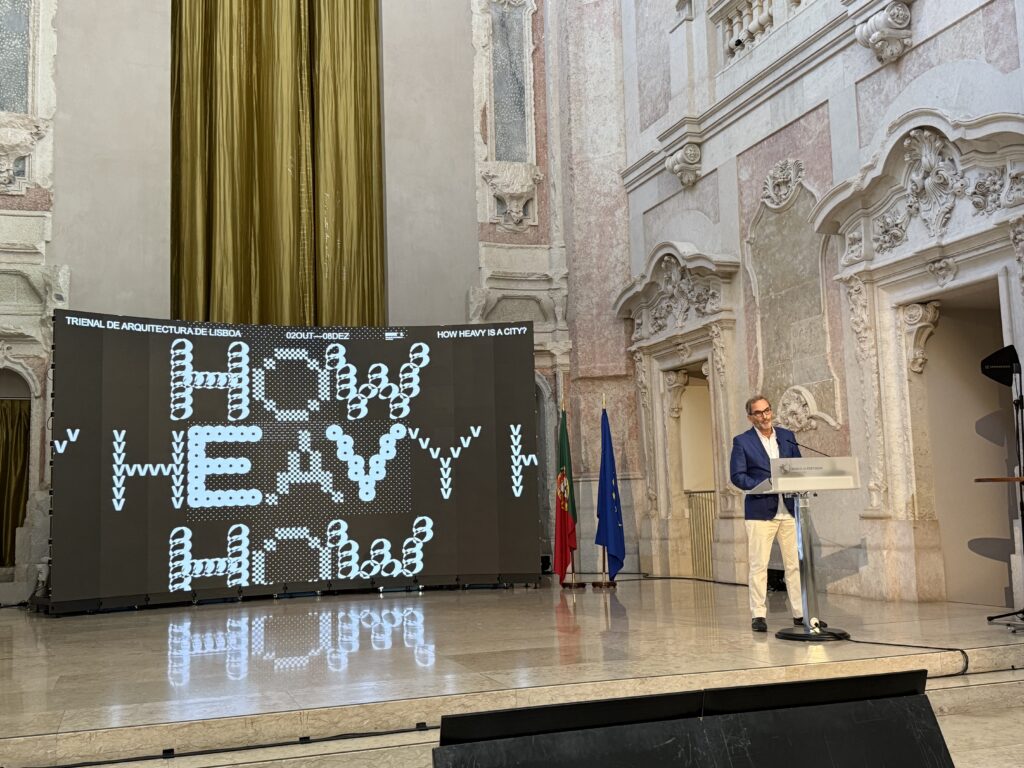
The installation was curated by Vittorio Loreto, Milena Di Canio, and Matteo Bruno, who collaborated closely to transform scientific insights into a story and a visual experience. Drawing on research developed at Sony CSL – Rome, the work translates complex data about accessibility and inequality into a sensory representation of the “weight” each citizen carries in navigating the city.
Living in a city carries its own weight. Moving around to reach our points of interest or essential places carries weight, meant as effort, burden. Going for a run in the park, meeting people, having a coffee, visiting an exhibition, taking care of our health, feeling accepted by the community, and spending our time; everything carries weight in the city. And a city’s weight becomes heavier the more unequal its access to opportunities is.
Inequalities in accessing and enjoying housing solutions, infrastructures, efficient transport, green areas, hospitals, recreational centres, and much more often become obstacles to the growth of cities and the people who inhabit them. Many are forced to leave, or else live under conditions of social segregation.
This is why “What if?” becomes the guiding question of our research when applied to urban contexts. We begin by observing a city’s state-of-the-art and formulating, first within ourselves, a triggering question: “What if people could have equal access to the countless opportunities a city can offer? And if not fully equal, then at least more balanced?” From there, we project this question outward, turning it into a scientific objective: to imagine (and propose) possible future scenarios in which everyone is more and more released from this weight, aiming for a more equal and sustainable life, where the words LIVING, MOVING, BREATHING stand as fundamental pillars.
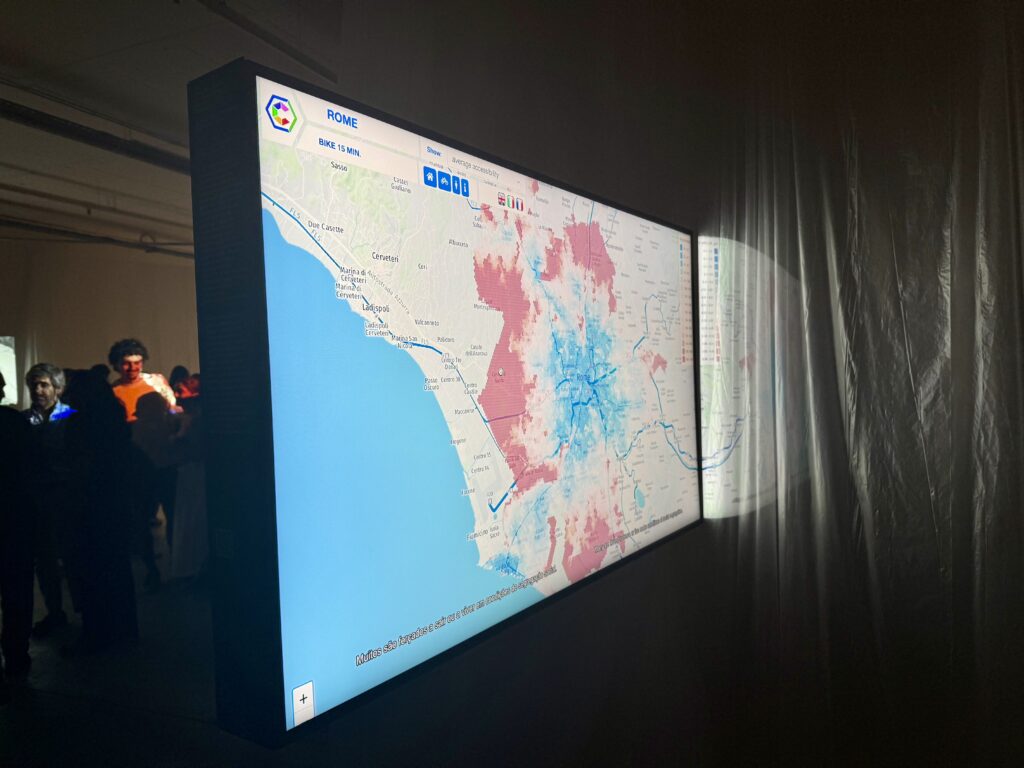
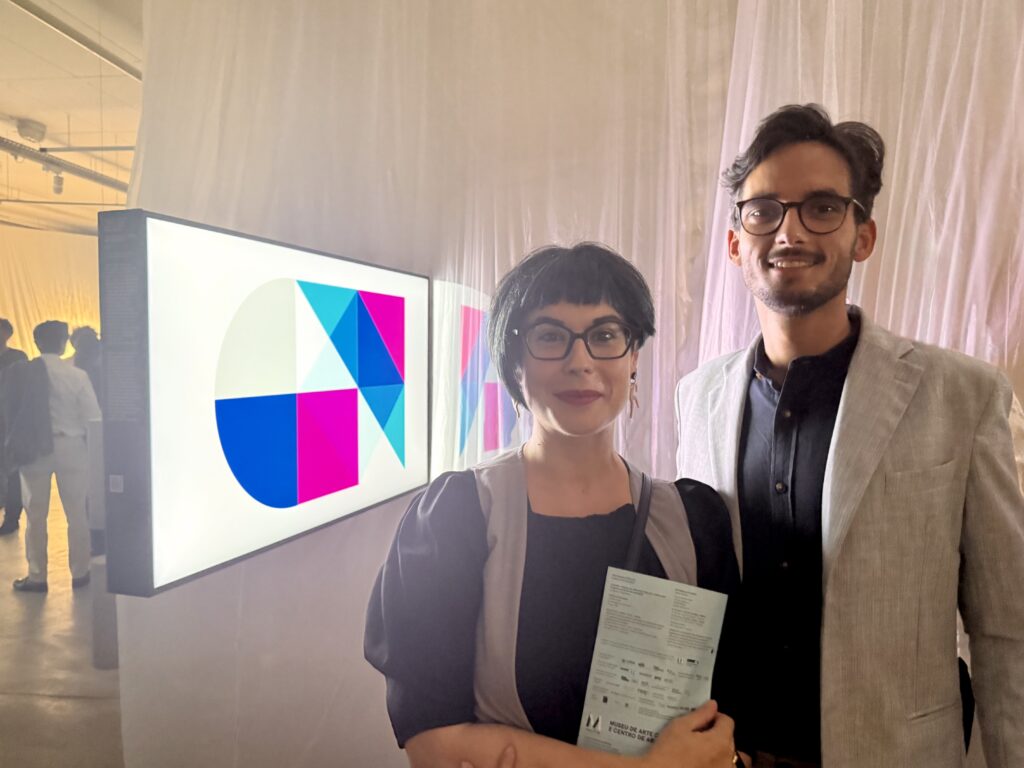
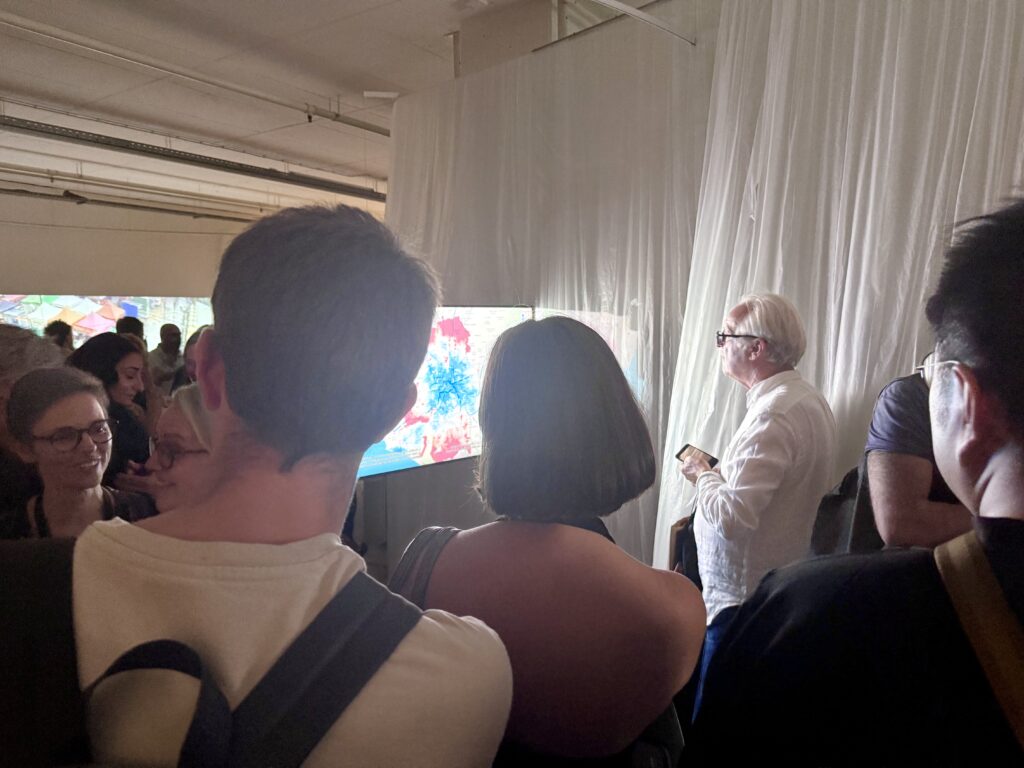
The piece emerges from “What if Machines”, which are computational systems designed to analyse future scenarios through the lens of complexity theory, based on mathematics and laws of physics. They represent our method for predicting dynamic outcomes, managing intricate patterns, and adapting to evolving variables. These systems foresee potential developments by processing vast datasets, making informed decisions more achievable. Their predictive power reshapes how we navigate uncertainty and complexity. These systems help us imagine and test more equitable futures by asking a simple but powerful question: What if everyone could access the city’s opportunities equally?
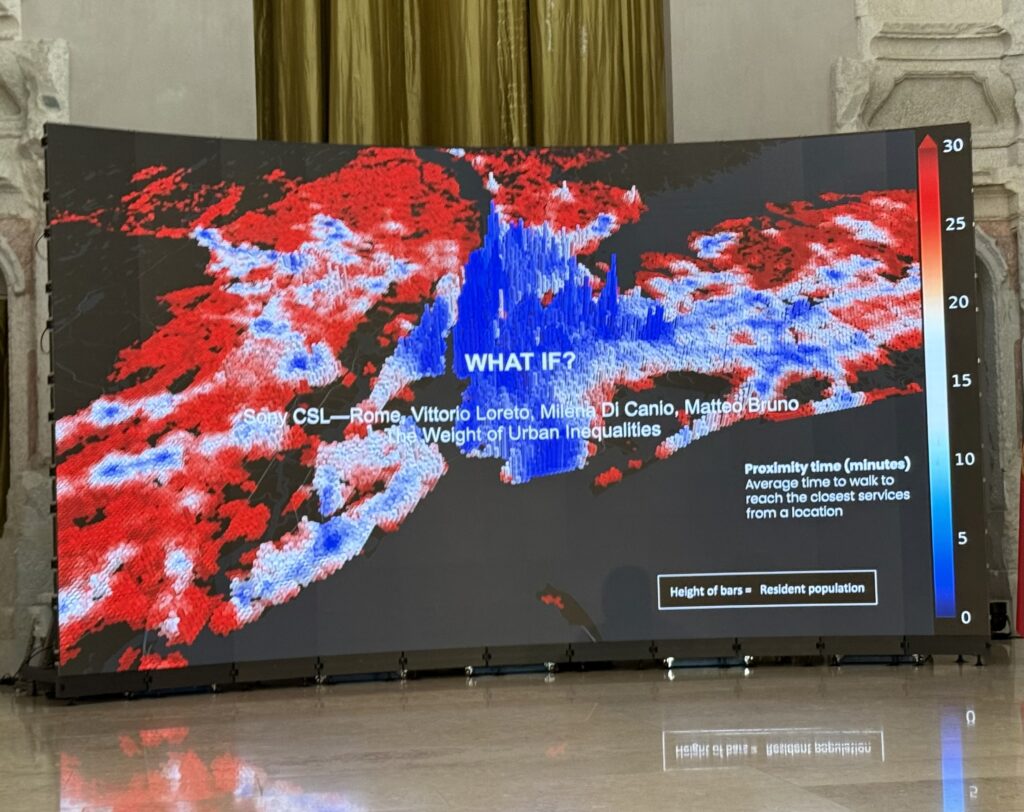
Presented at the Triennale, The Weight of Urban Inequalities invites visitors to reflect on the unseen burdens embedded in urban life, and on the collective possibility of making cities lighter, fairer, and more livable for all. The exhibition, curated by John Palmesino and Ann-Sofi Rönnskog of Territorial Agency, can be visited at the Museum of Contemporary Art and Architecture of Lisbon until January 2026.


